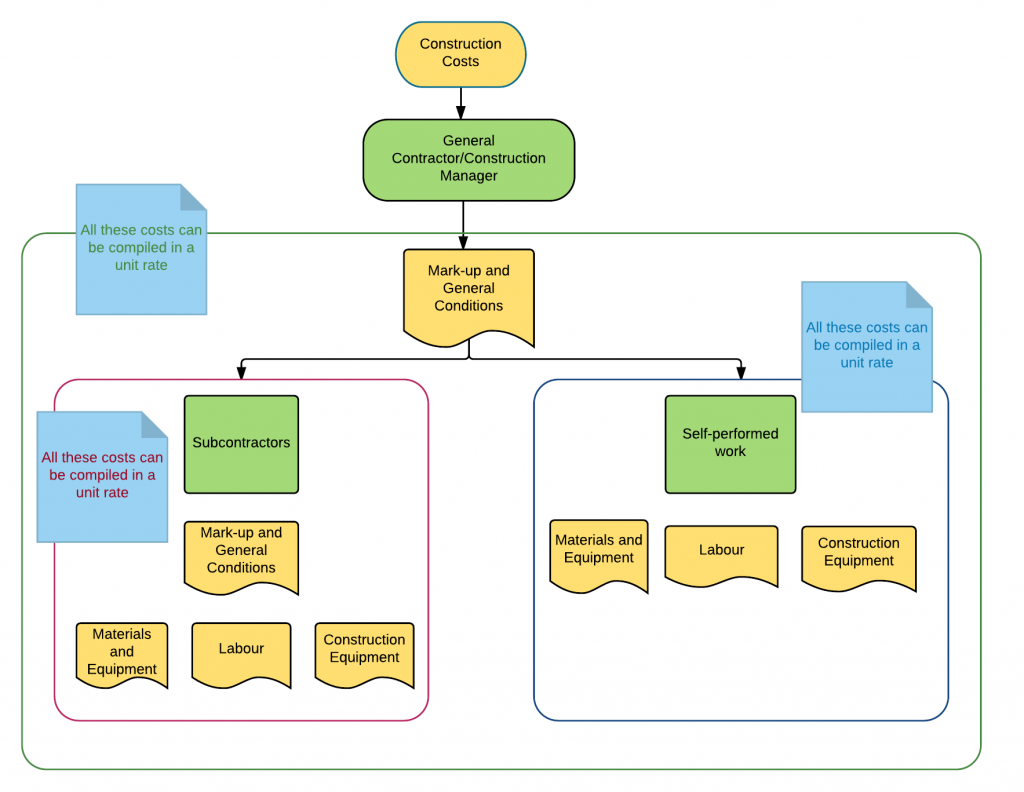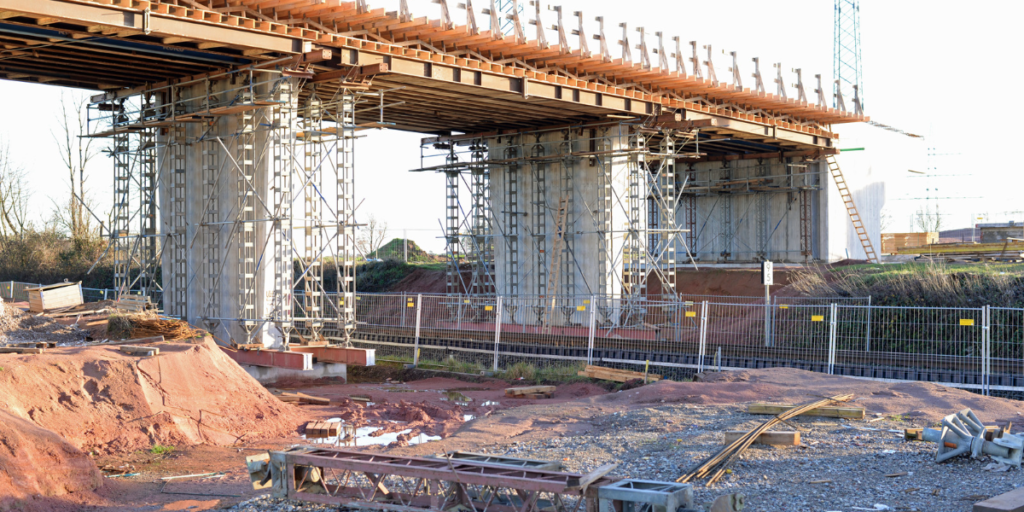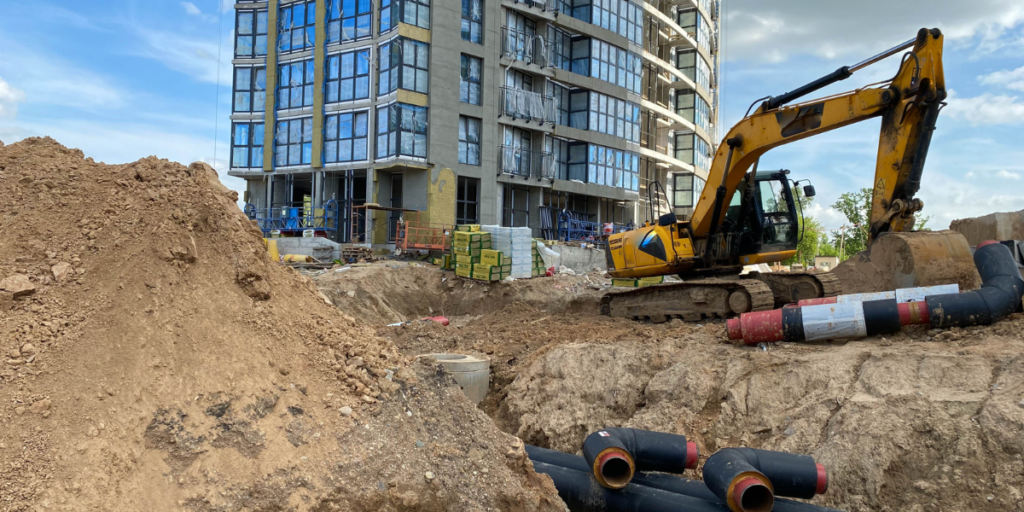Detailed Cost Estimating Skills
And the secret is in the details!
Throughout my 30+ years in the construction industry, many of those in the cost estimating field, I met great estimators and estimators lacking the confidence to say:
Yes, I calculated this cost, this is how I did it, and this is the benchmark data to prove it.
My curiosity was always as to why some otherwise experienced cost estimators lacked the confidence to explain the calculated costs fully when faced with the dilemma of documenting a price.
What I found is somehow surprising: some cost estimators did not build a solid foundation on detailed cost estimating, more precisely on man-hour cost estimating. It is like building a bridge on temporary piers, thinking that the day will come when the permanent piers will be installed. The thing is, it is very unlikely that this will ever work.
Let me explain why I strongly believe that the true path to a great cost-estimating career starts with detailed cost estimating, including estimating labour using man-hour methodology.
Let’s take a look at how we define detailed cost estimating.
Detailed Cost Estimating – Definition
Detailed cost estimating can be defined in a few ways, depending on the end purpose of the cost estimate. A detailed cost estimate might not mean the same thing to a contractor bidding on construction work as to an EPCM company preparing the project control estimate. The common denominator between both estimates just mentioned is the quantitative analysis of the work required by the project documents.
We could define the detailed cost estimate as the process of predicting the costs of a construction project through quantitative analysis of all resources required for a complete project, as required by the design documents. The ability to play the mental movie of how the project will be built and to relate design documents and details to cost are key factors in developing a quality detailed cost estimate.
To determine the detailed cost estimate for a project, we can use the man-hour and/or unit rate cost estimating methods. Both methods could achieve the projected accuracy as far as costs are concerned. The unit rate method has limitations in regard to breaking the costs down by type: material, labour, equipment, construction equipment and temporary materials. The sources used for determining the costs have the most impact on accuracy, and not the method we use.
Construction Costs Breakdown
To better understand the use of detailed cost-estimating methodology and the structural difference between the unit cost and man-hour, let’s look at how construction costs are broken down on a typical project.
Regardless of the end-use of the cost estimate, the construction costs are broken down in similar formats:
Man-hour vs. Unit Rate Cost Estimating
Now, let’s look at what differentiates the unit price from man-hour detailed cost estimating.
When we employ the man-hour detailed cost estimating methodology, we determine the costs at the level of detail shown in the diagram above. The opposite is true for unit rate cost estimating. A unit rate could be a wrap-up of the costs of items shown in the three rectangles above, depending on the inclusions/exclusions of the unit rate.
It is common practice to develop a cost estimate using a combination of man-hour and unit-rate methodologies. All construction companies, except some specialty contractors, outsource some of the work to subcontractors and will use unit rates in their cost estimates.
The point I am trying to make in this article is that all cost estimators need to have the ability to use both methods with the same level of confidence. It goes without saying that using unit rate cost estimating is by far more accessible to cost estimators.
It takes years of practice and multiple types of projects to gain the knowledge and skill of man-hour cost estimating. Some cost estimators will never enter this area of cost estimating or build enough confidence to practice it.
The level of detail we have on a project directly indicates the project’s future performance. If we think of a detailed cost estimate as to the source of essential data for a project, then having the level of detail required to plan and measure performance is key.
A cost estimate feeds the construction schedule, the project risk matrix, the resource planning, etc. If all we could extract from a cost estimate is quantities and costs, there is not much we can analyze. Imagine a cost estimate that gives us detailed reports on man-hours by trade, construction equipment hours by type of equipment, project management resources by type, etc.
Imagine a cost estimate that gives us detailed reports on man-hours by trade, construction equipment hours by type of equipment, project management resources by type, etc. Now picture the cost estimate that produces reports using the two dimensions: quantity and cost. Besides limitations on details, a cost estimate that uses unit rates cannot be optimized regarding price performance from a constructability point of view.
Conclusion
I am a big advocate of learning the man-hour cost estimating methodology. It is unfortunate that most cost estimating training available does not dedicate the man-hour cost estimating the importance that it deserves. If these programs would teach the students the base principles of man-hour cost estimating, I am sure the construction world would only benefit from it.
One might argue that it is pointless to teach man-hour cost estimating when each company has its way of doing things: they might use variations of crew composition, productivity, size, type of equipment, etc. And this is all true. But, armed with the knowledge, the cost estimator can learn to adapt such knowledge to specific conditions.
Having the ability to produce a detailed cost report showing the crew composition, production rates, labour and equipment hours, material and waste, etc., does beat a unit rate cost estimate anytime. We can call it a day if we add the ability to transfer data to the construction schedule, load and level resources, and produce a cash flow curve based on data from the cost estimate.
What are your thoughts on this topic? Do you think that man-hour cost estimating should be a must for every cost estimator? Is this the way to start building a career in cost estimating?











4 Responses
Hey, I am a freshman in college and was looking into cost estimating. I’m not entirely sure if this is the job for me so I was looking into shadowing a cost estimator for a day. Since I wasn’t successful in finding a cost estimator to shadow, I thought I could email one and get some advise and details. What do you think makes a good cost estimator? How do I know if this is the job for me? Thank you in advance for any advance you can give me.
Hi Doina, very good point; In my short experience with cost and construction industry I realize (thanks to the senior professional I met along the way) one very important believe about man-hour detail cost estimating methodology: that you can do it only if, as you said, you can play the mental movie of the detail activity you want to estimate, then you sum up the different and multiple activities and you will have your man-hours and number of workers needed, after that you have to level the number of workers, since you cannot hire and fire the workers every changing week; To play the mental movie you have only two options: or you saw with your eyes that activities performed in the past or you can ask to someone that saw that activity to describe to you that mental movie; and the only person that can describe to you the mental movie activity is the site manager/ site superintendent that performed the same activity several time; I remember a senior superintendent with long beard and cap I worked with, he knew exactly how much time and how many workers he needed to install 500sqm of table form for forming, and given this information, time and nr of people for a given quantity you can estimate properly and infer the manpower unit rates cost and productivity; See you. I wish you a good day.
Enrico, thank you for taking the time to leave your comments! Very thoughtful points!
As usual latest information i got cost estimating.
Thanks